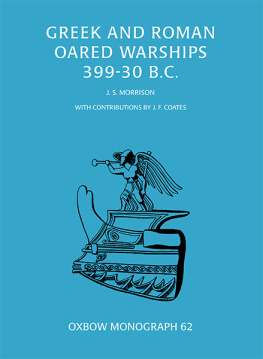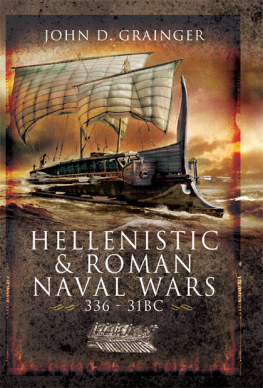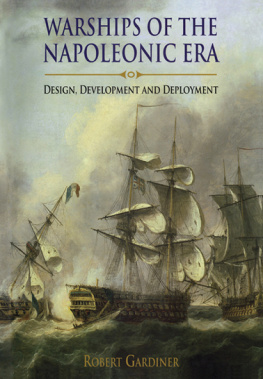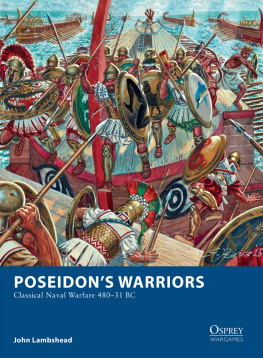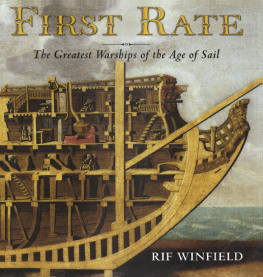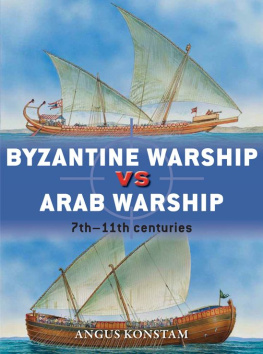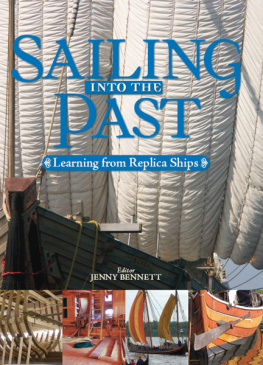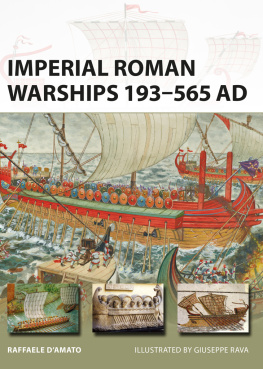First published in the United Kingdom in 1996. Reprinted in 2016 by
OXBOW BOOKS
10 Hythe Bridge Street, Oxford OX1 2EW
and in the United States by
OXBOW BOOKS
1950 Lawrence Road, Havertown, PA 19083
Oxbow Books and the individual authors, 2016
Paperback Edition: ISBN 978-1-78570-401-7
Hardback Edition: ISBN 978-1-90018-807-4
Digital Edition: ISBN 978-1-78570-432-1 (ePub)
Digital Edition: ISBN 978-1-78570-433-8 (kindle)
Digital Edition: ISBN 978-1-78570-434-5 (pdf)
A CIP record for this book is available from the British Library
All rights reserved. No part of this book may be reproduced or transmitted in any form or by any means, electronic or mechanical including photocopying, recording or by any information storage and retrieval system, without permission from the publisher in writing.
For a complete list of Oxbow titles, please contact:
UNITED KINGDOM
Oxbow Books
Telephone (01865) 241249, Fax (01865) 794449
Email:
www.oxbowbooks.com | UNITED STATES OF AMERICA
Oxbow Books
Telephone (800) 791-9354, Fax (610) 853-9146
Email:
www.casemateacademic.com/oxbow |
Oxbow Books is part of the Casemate Group
Front cover illustration by Rebecca Forwood
CONTENTS
1THE AGE OF INNOVATION: 399280 BC
Appendix
4FLEETS OF THE ROMAN CIVIL WARS: 5030 BC
Appendices A and B
7RECONSTRUCTIONS J. F. Coates
Appendices AF
ABBREVIATIONS
| AE | LAnne Epigraphique |
| AJA | American Journal of Archaeology |
| ANS | American Numismatic Society |
| APhS | American Philosophical Society |
| AT | Morrison and Coates (1986 and 1995) |
| B | Basch (1987) |
| BAR | British Archaeological Reports |
| BCH | Bulletin de Correspondance Hellnique |
| BGU | Berliner griechische Urkunden |
| bn | born |
| BSA | Annual of the British School of Archaeology at Athens |
| BOA | Breadth overall |
| BIW | Blade in water |
| BWL | Breadth on waterline |
| CA | Classical Archaeology |
| CAH | Cambridge Ancient History |
| CIL | Corpus Inscriptionum Latinarum |
| CPL | Corpus papyrorum latinorum |
| CQ | Classical Quarterly |
| CR | Classical Review |
| CVA | Corpus Vasorum Antiquorum |
| D | Deck at side |
| d | died |
| dr | drachma, drachmae |
| Ephem. Epigr. | Ephemris Epigraphica |
| frg. | fragment |
| G | Centre of gravity |
| GOS | Morrison and Williams (1968 and 1996) |
| HMND | Tarn (1930 and 1984) |
| HSCP | Harvard Studies in Classical Philology |
| IJNA | International Journal of Nautical Archaeology |
| Jal.-Mout. | Jalabert et Mouterde: Paris (1929-) |
| Jdl | Jahresbericht der deutsches Institut (in Rome) |
| JKD | Jahresbericht der Kreuzschule zu Dresden |
| JHS | Journal of Hellenic Studies |
| JRS | Journal of Roman Studies |
| JFC | John F. Coates |
| JSM | John S. Morrison |
| K | under side of keel |
| LF | Lepper and Frere (1988) |
| LOA | Length overall |
| LSRS | Morrison (1980) |
| LWL | Length on waterline |
| M | Metacentre |
| MB | Mnchener Beitrge |
| MIMA | Basch (1987) |
| MIT | Massachusetts Institute of Technology |
| MM | Mariners Mirror |
| NBA | Nrnberger Bltter zur Archologie |
| NS | Numismatic Studies |
| NZ | Numismatische Zeitschrift |
| OLP | Orientalia Lovaniensia Periodica |
| RA | Rvue Archologique |
| REG | Rvue des tudes grecques |
| Riv.Fil. | Rivista di Filologa e istituzione classica |
| RE | Pauly-Wissowa-Mittelhaus-Kroll Real Encyclopedie der Altertumswissenschaft |
| SNG | Sylloge Nummorum Graecorum I-V |
| SSAW | (Casson 1971 and 1986) |
| TAPS | Transactions of the American Philosophical Society |
| W | Waterline |
LIST OF MAPS
LIST OF PLANS
LIST OF ILLUSTRATIONS
PREFACE
THIS BOOK IS A STUDY of the new types of warship evolved in the navies of the Mediterranean in the fourth and third centuries BC and of their later employment culminating in the battle of Aktion. Since the ships were in some cases invented, built and manned not only by Greeks and Romans but by Phoenicians, Egyptians, Italians and Carthaginians, the title Greek and Roman Oared Warships seems a bad fit.
Our defence is partly that a title must be short and partly that in the Hellenistic centuries there was a Greek and Macedonian, and a Phoenician and Roman design of oared warships.
The Greek historian Arrian, who was a citizen of both Rome and Athens and governor of the Roman province of Cappadocia (AD 1327) and then archon of Athens (AD 14849), records (Anabasis 7.16.1: p. 19) that in 323 BC Alexander sent a party to the Caspian sea to build long ships i.e. warships both aphract and cataphract in the Hellenic mode ( o ). Since Alexander at this time (p. 11) was building a great harbour at Babylon for the contemporary warship types, threes, fours and fives, some brought overland from Phoenicia, and planning a great fleet of sevens, possibly tens as well, it is reasonable to recognise that at any rate some of the warships in common use were of the Hellenic mode and some were not.
Aristotle knew that fours were of Carthaginian design (Frg. 600); and one of the more startling results of our investigation has been the recognition that the five which played so large a part in the naval history of Rome was not the Greek five invented by Dionysius of Syracuse but a five the design of which was derived by Rome from Carthage. It also seems likely that the Carthaginian design of the five came from her mother city Tyre and can be traced in the Phoenician iconography of the last half of the 4th century BC. Nevertheless this ship of Phoenician design and ancestry has her place in history as the warship in which Rome achieved her command of the Mediterranean. Greek and Roman Oared Warships is accordingly a not inappropriate title for a book which relates the steps of that achievement and ventures to challenge Theodore Mommsens dictum that the marine always remained the weak side of Roman warlike organisation.
Our purpose is to present, as the result of the better understanding of the , now achieved by the construction and sea trials of Olympias, a better account of the later ships than currently given and accepted. They, like the , played a central role in their time, during which sea-power determined a great part of the course of history.
For convenience sake we shall call warships twos, threes, fours, fives and so on according to the number of files of oarsmen rowing on each side of the ship. We shall also follow Lionel Cassons good example and use the miscegenic but convenient term polyreme to mean all warships with more than one man to an oar, the innovation which sparked off the developments in naval architecture of the 4th and 3rd centuries BC.
Next page
